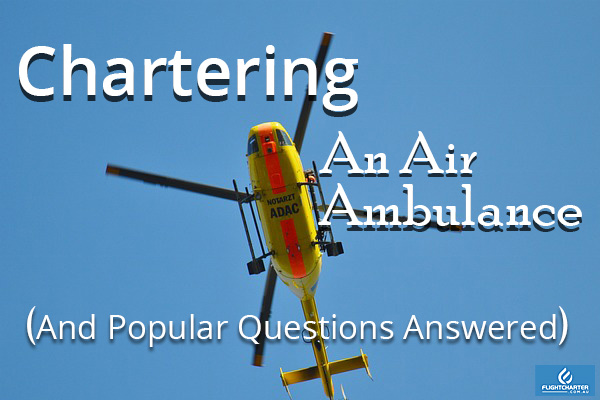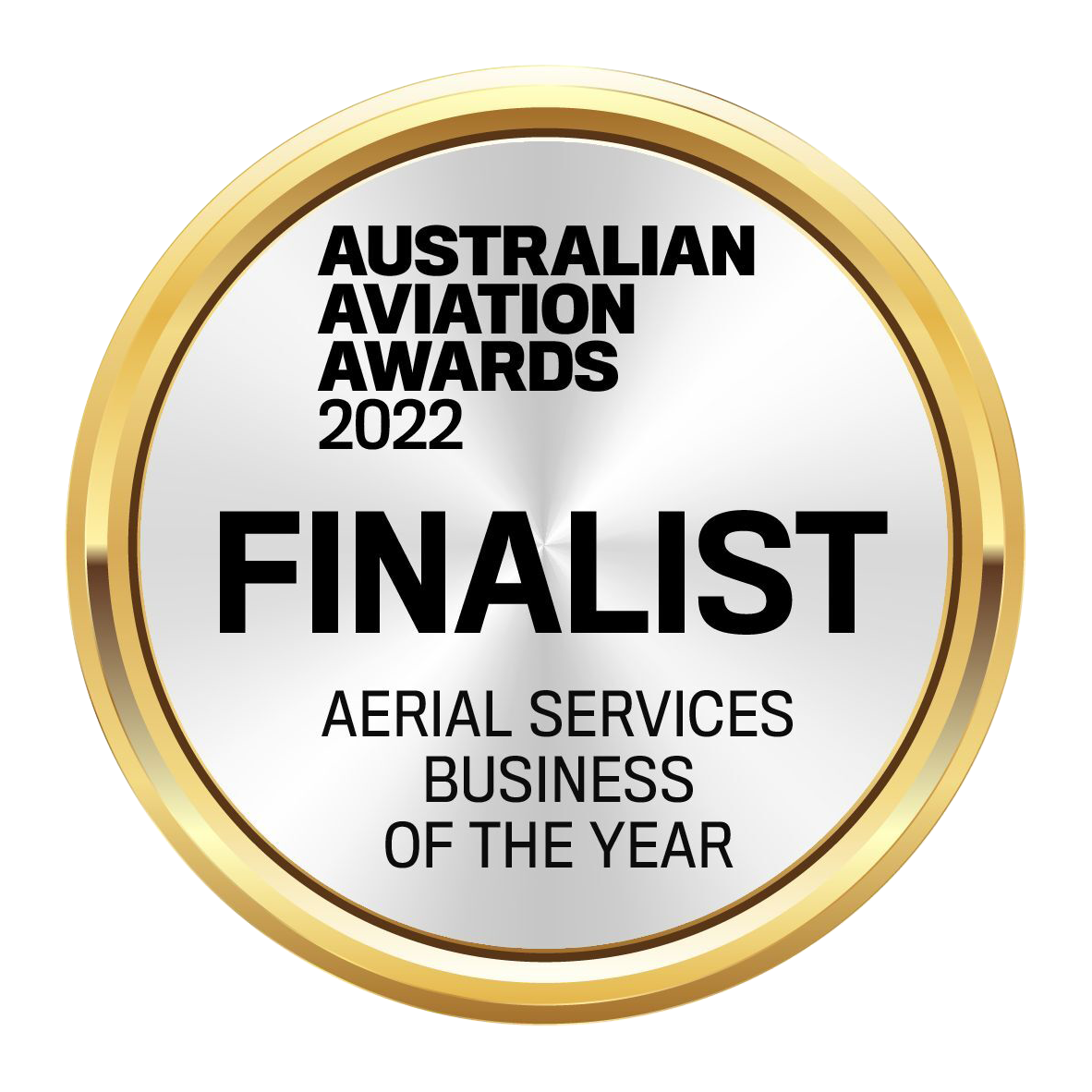Air ambulances operate like ground ambulances. The key difference is that an air ambulance is faster and covers longer distances. Air ambulances, also known as medical flights or ambulance helicopters, are requested when a patient need to be transported over long distances and require special medical attention along the way. Some of the special medical cases that require chartering an air ambulance include burn care, cancer treatment, strokes, head and spinal cord injury, just to mention a few.
Air ambulances are not just specified to handle medical emergencies, they can also be used by the elderly who need to travel for long distances and cannot handle the stresses that come with flying using commercial flights. When you require a medical plane or ambulance helicopter, you need to plan ahead to ensure everything runs smoothly. Some medical cases need urgent response and sometimes, there is not enough time to properly plan for a medical flight.
Always ensure that you charter a medical flight through a professional medical flight company. Look for a certified company that operates 24/7 and speak to a flight coordinator. The flight coordinator will ask a few questions so that they can get the right details. Some of these questions include:
- Sex, age and condition of the patient
- Insurance information
- The number of people that need to accompany the patient
- A copy of the patient’s medical report
- Contact details of the treating doctor
This information enables the med flight company to come up with a proposal. Once the client agrees to the charges, the flight coordinator works with other employees to ensure that all the medical equipment required are packed. The flight coordinator has to also plan for any ground transportation in case it is needed. Flights can leave sometimes within a 12-hour span after the booking is confirmed. For this reason, you need to ensure that everything on your end is taken care of and ready.
There are frequently asked questions about chartering an air ambulance. Here are some of the questions you need to be ready to ask a flight coordinator to ensure a smooth process.
Are Relatives Allowed to Ride with a Loved One?
You will need to ask your medical flight expert how many passengers are allowed to ride along the patient. Most medical planes or ambulance helicopters allow one passenger to accompany the patient on the flight. Having a relative on board relieves the patient of any stress and makes the ride more comfortable. However, some medical flights allow more than one passenger to ride along. Confirm how many people the medical flight company is willing to allow on the flight so that you can plan ahead on the people who will need to accompany the patient. If the flight is international, it is vital that you arrange all the necessary paperwork required before the flight.
What Procedures Are in Place to Ensure the Patient’s Health Will Be Constantly Monitored?
Once the company providing the air ambulance services gets the patient’s latest medical report, they pack all the necessary equipment needed to help monitor the patient through the entire flight. Medically trained personnel are required to be on board to tend to the patient. In some special cases, the patient’s doctor may be required to be present. Even with a doctor on board, a qualified nurse from the med flight company is required to be present to assist. You need to ask what equipment will be made available and how they intend to monitor your loved one to ensure a comfortable flight.
What Type of Aircraft Will Be Used?
There are different types of air ambulances and they also vary in size. Ensure that you research more on the type of jet the company will provide to make sure it will be convenient for your patient. Find out if there will be stops along the way and find out where these stops will be made. Also find out how long the stops will take to allow you to pack necessary supplies. You need to look for a reputable medical air charter company with a proven track record to ensure the patient’s safety.
How Much Time is Needed to Charter an Air Ambulance?
When a patient needs to be transferred, most doctors will notify the relatives immediately to give them time to plan for the transfer. Unless the patient’s medical condition is very critical and needs fast response, a family has 2 to 4 days to charter an air ambulance. For quick transfers, most air ambulance transfers can take within 2 to 3 hours. If the transfer is international, you need to give a few days’ notice to make sure the right paperwork is ready. The air ambulance crew needs to ensure that they have the right landing passes required. You need to ensure that passports and visas are all in order to avoid any unnecessary delays. Giving yourself ample time to plan for international flights saves you time and money.
How Much Luggage is Allowed on the Aircraft?
The medical plane or ambulance helicopter is usually packed with medical supplies and equipment which means there is limited space. The main focus of an air ambulance is to ensure that patients get the best care and ensure their safety. Find out how much luggage each relative riding along the patient needs to carry. Most airlines give a limit of only 2 small bags meaning that you only need to pack the necessities. If you have a few days to plan for the transfer, you can pack any extra luggage that you need and send it using commercial airlines prior to your transfer.
How Will I Confirm the Booking Details and Are There Any Hidden Charges?
The first step when chartering for an air ambulance is a verbal agreement or a quotation between the client and the flight coordinator. If you have booked a medical air flight online, the flight coordinator will send a document which provides details about every aspect of the flight charter. These details include the medical team who will be onboard, cities involved, ground transportation plans and charges for the flight. Read carefully through the document and check for any hidden charges. Never commit to a quotation if you don’t really understand everything written on it. You can also ask a flight coordinator to explain phrases that you are not familiar with.



